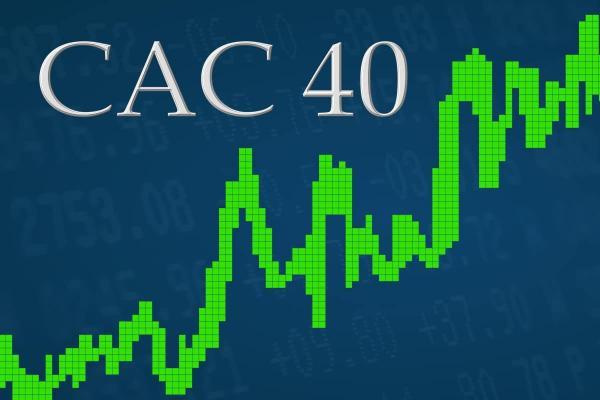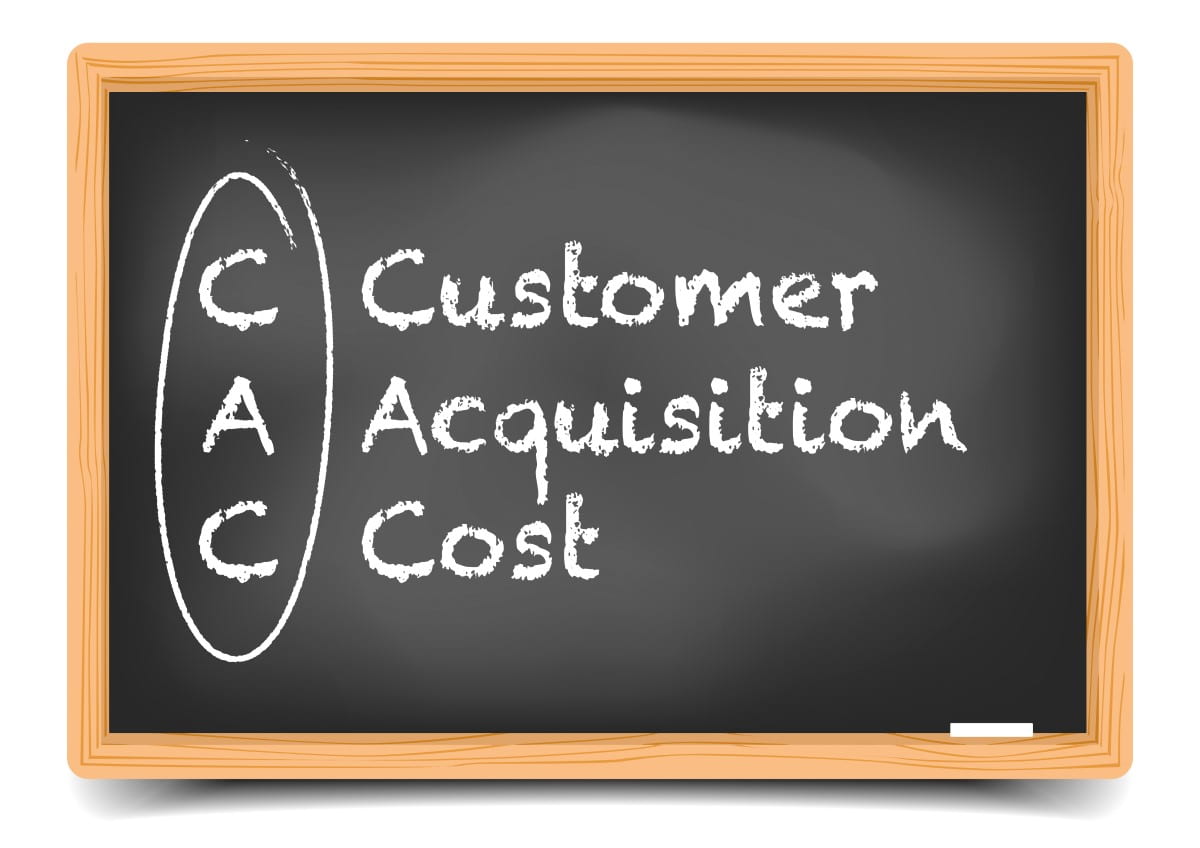

What Is the CAC 40 Index: Meaning and History
When it officially launched in 1988, it coincidentally was registered at an all-time low. An all-time high was recorded in September 2000. But what about the CAC 40 index now, and is it worth investing in? Let's explore what purposes this index serves, how it's calculated, and what trading strategies can yield good profits
What Is the CAC 40 Index?
The CAC 40 is a free-float capitalisation-weighted index. It quotes 40 of the largest and most actively traded shares in France and is considered a measure of the economy and the Paris stock market. It's similar to what Dow Jones represents for the United States, FTSE 100 is for the UK, Nikkei 225 is for Japan, etc.
Originally, the acronym CAC meant Compagnie des Agents de Change. It was a group of brokers that operated the Paris Stock Exchange since at least the 16th century. The initial sentiment was transformed, but the acronym stayed.
Companies within the CAC 40 composition account for about 20% of market capitalisation in Europe, which shows how influential it is. It's also tightly connected to the Euro Stoxx 50 index, where they have almost 20 companies in common. CAC often catches the attention of international investors, with almost half of CAC 40 shares held by non-residents and a quarter owned by investors outside of the Eurozone.
What Are CAC 40 Companies?

The CAC 40 represents various industries within the French economy. Some sectors include personal products, pharmaceuticals, banking, industrial materials, telecommunications, publishing, media and entertainment, chemicals, etc.
The composition of the index is reviewed multiple times a year by the Conseil Scientifique. They study market capitalisation and turnover of constituent companies. They make their selection after the close of the third Friday of March, June, September and December.
|
Name |
Industry |
Weight (%) |
| LVMH |
Clothing and Accessories |
5.9 |
|
L'Oréal |
Personal Products |
4.02 |
|
Total |
Integrated Oil and Gas |
9.44 |
| Sanofi |
Pharmaceuticals |
7.04 |
| Airbus |
Aerospace |
4.16 |
| Hermès |
Clothing and Accessories |
1.58 |
| Kering |
Retail Business |
3.31 |
| BNP Paribas |
Banks |
4.44 |
| Safran |
Aerospace and Defence |
3.36 |
| Axa |
Full Line Insurance |
3.62 |
It's not uncommon for companies to be taken away from the list. Here are some criteria companies need to meet to be admitted to the CAC 40 listing:
- Euronext Paris as a market of reference
- Significant activities and presence in the French economy
- Members of staff and/or headquarters located in France
- Sizable trading volumes.
Factors Influencing the CAC on the Stock Exchange
The key factor you need to understand about CAC 40 is that it relies on French economic activity. In addition to that, multiple accompanying influences affect its price and general market sentiment. To make the right decisions, you should stay informed on:
- National events (GDP, the employment and unemployment rates, trade balance)
- Global events (international politics, related indices, Eurozone governance)
- Performances of quoted companies (capitalisation, turnover, etc.)
- Major changes in companies' structures and policies.
Advantages and Disadvantages of the CAC Index

These days, you can find hundreds of assets that you can trade with. Below are some arguments favouring the CAC 40 Index:
- Indices are more liquid than equities.
- CAC 40 traders are exposed to lower risks because it's made up of several stocks.
- France remains one of the leading economies in Europe, so it makes sense to invest in French indices.
- It's easier to keep track of one index rather than many individual companies.
There's no such thing as a perfect trading asset. So, for transparency reasons, let's take a look at the downsides of CAC 40:
- You have no control over individual index components.
- This index doesn't provide exposure to smaller-cap companies.
- The index price calculation isn't always fair.
CAC 40 CFD Trading
As a trader, you can't buy indices, including CAC 40, because they're just benchmarks. However, it doesn't mean it's unfit for trading at all, this is where you should go for CFDs. There are many perks to using this particular instrument, and you will see why.
What Is CFD Trading?
CFD stands for contract for difference and acts as a form of derivative trading. In recent years, CFDs have become a popular method for online investing. It can be applied to indices, commodities, currencies and stocks.
When you work with CFDs, you aren't actually purchasing an underlying asset directly. Instead, you engage in a contract with a CFD broker and buy/sell a number of units for a particular financial instrument. No matter which way the market goes, CFDs are suitable when you expect prices to go up or down.
Advantages and Disadvantages of CFD CAC 40
If you're interested in working with CAC 40, it makes sense to enter the market using CFDs. With CFDs, you can:
- Use CFDs as a quicker and more accessible medium for trading.
- Gain exposure with less capital by using leverage.
- Take advantage of all market movements.
- Save money from stamp duty exemption.
At the same time, you shouldn't overlook some downsides associated with this technique:
- There are additional risks when trading with leverage.
- You still have to pay fees: spread, holding costs and commission.
CAC 40 CFD Trading Strategies

When you trade the CAC 40 with CFDs, you can use leverage to increase gains in a relatively small amount of time; at the same time, leverage also increases potential losses, up to your entire capital. You can only do so if you pick the right strategy. You can employ regular strategies, but remember to consider specific characteristics of CFDs. Here's how you behave during:
- Bullish market. Even during rising markets, prices inevitably go through occasional consolidation or retracement periods. Try swing trading to benefit from these small reversals and get maximum returns
- Bearish market. Since CFDs allow you to trade in all directions, you can go short when prices are falling. So, even in tumultuous periods, you have the option of buying in through CFDs.
Takeaways on the CAC French Stock Index
The CAC 40 is a great asset to diversify your portfolio. It exposes to a variety of the most prominent French companies and provides decent potential profits (when done right). It suits all kinds of traders; you can trade as much or as little as you want.
Before you're ready to enter the real market, you need to learn the basics. At Libertex, we offer a wide range of resources to build your trading skills. Sign up for a free demo account to ensure you'll be managing your future CFD portfolio properly.
FAQ
What does CAC 40 stand for?
CAC 40 is short for Cotation Assistée en Continu, which means Continuous Assisted Quotation. Initially, it was formed as an early automation system for France's securities market. Since then, it has transformed into an index representing the 40 most significant stocks on Euronext Paris.
What are CAC 40 companies?
CAC 40 is composed of 40 companies with the largest equities that are publicly traded on Euronext Paris. These are the biggest and most valuable companies by market capitalisation on this exchange: LVMH, L'Oréal, Total and Airbus.
Why does the CAC 40 index matter?
France is Europe's second-largest market, so CAC 40 is a barometer for the wider European economy's health. It gives investors and the public an idea of where the general market is heading.
Disclaimer: The information in this article is not intended to be and does not constitute investment advice or any other form of advice or recommendation of any sort offered or endorsed by Libertex. Past performance does not guarantee future results.
Why trade with Libertex?
- Get access to a free demo account free of charge.
- Enjoy technical support from an operator 5 days a week, from 9 a.m. to 9 p.m. (Central European Standard Time).
- Use a multiplier of up to 1:30 (for retail clients).
- Operate on a platform for any device: Libertex and MetaTrader.